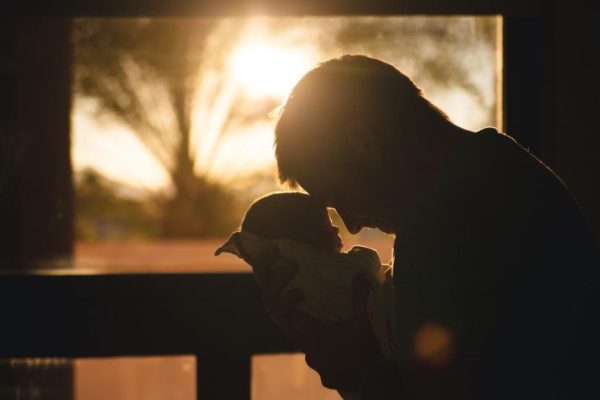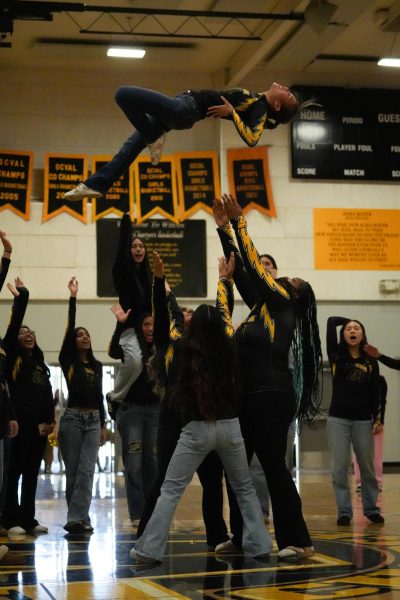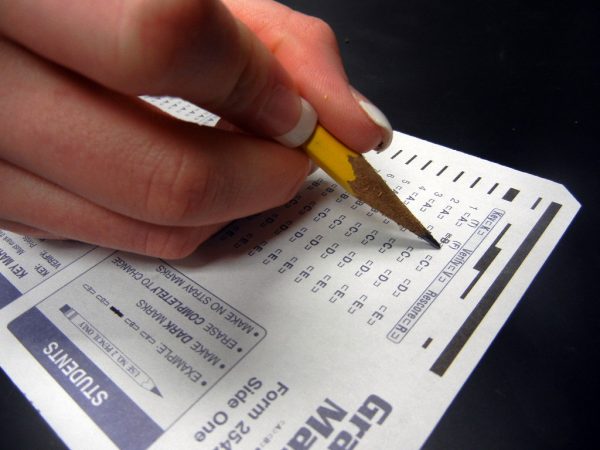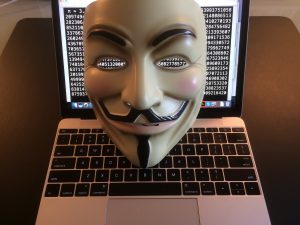Hijackophobia
If the thought of setting foot on an airplane fills you with dread, you are not alone. More than 25 million Americans suffer from aviophobia, or fear of flying, according to the National Safety Council (NSC). This phobia has traditionally been related to the fear of airplane crashes, and safety certainly was more of an issue in the early days of airlines. But today aircraft are safer than the Wright brothers could ever have imagined. As CNN correspondent Arnold Barner puts it, “a traveler could, on average, fly once a day for 4 million years before succumbing to a fatal crash.” Unfortunately, even as this message finally begins to sink in, a new frequent flyer fear has supplanted that of aircraft safety—terrorism.
At the root of this fear is a tragic event with which most Americans are familiar, whether they lived through it or not. On September 11, 2001, nineteen members of the terrorist group Al-Qaeda hijacked four separate American airliners which they then used in suicide bombings of the World Trade Center and the Pentagon. Nearly 3,000 people were killed in what became the worst terrorist attack in history, according to Kevin McCoy of USA Today. Since the catastrophe, hijacking has become the stuff of many frequent flyers’ worst nightmares.
Also since 9/11, airline security has undergone a complete and utter metamorphosis. In 2000, the airport screening process consisted of a simple stroll through a metal detector, writes David Miller. There was no need to get to the airport four hours before your flight just so you can make it through security, where you endure abusive TSA agents who push you through full-body scanners.
Before 9/11, there was no constant voice over the airport intercom reminding travelers that suspicious activity should be reported immediately and all unattended bags will be destroyed. Travelers with darker skin did not constantly have to worry about being “randomly selected” for a search while their lighter-skinned companions stood by awkwardly, not knowing what to say. These are a few of many security measures that were implemented across the United States following 9/11. And yet, ironically, the heightened security has only served to increase Americans’ paranoia. Because that is exactly what this is: paranoia.
This is not to say that 9/11 was not a tragic event, and that we should not do all in our power to avoid a repeat of it. But honestly, there is only so much a country can do. Wherever a large number of people are gathered, that place becomes a potential target for terrorists. There is no way to escape this fact. In addition, there is a point where stringent security becomes an invasion of privacy—for example, putting CCTV cameras in airport bathrooms. Yes, it could be a step towards safety, but it would also come across as offensive to many people, who would feel violated by their own government.
Regardless of how hard we work to eliminate every threat, there will always be some risk. For example, a large portion of any given airport is not behind security lines, like the lobby where travelers check in for their flights. To try to protect these areas, some people suggest that airports put security outside the front doors. However, this would inevitably cause more harm than good. Crowds of travelers would have to wait in line outside the buildings—the perfect target for a bomb or other attack.
Frankly, there is a limit—and beyond that limit, Americans need to just accept the fact that no situation can be 100% risk-free. It is naturally each person’s right to decide whether they are comfortable in airports, train stations, or anywhere where there is a possibility of danger. What is most important is that our paranoia does not hinder our happiness and darken our daily lives with fear. After all, fear is exactly what terrorists want us to feel.





